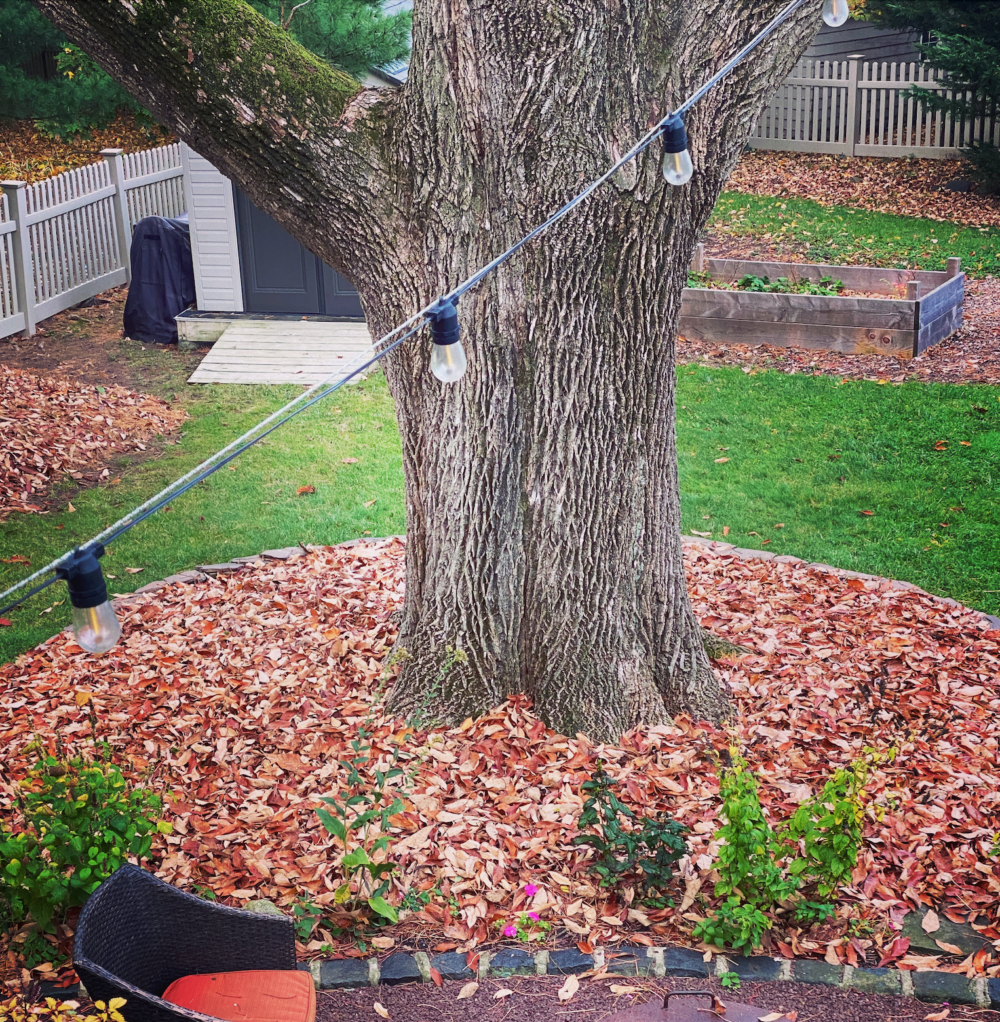We have much more to do and your continued support is needed now more than ever.
Seven Tips for Bird Feeding on a Budget
 It’s no secret that the economy has slowed down in recently months. Gas and grocery prices are up, and we’re all looking for ways to save a buck. So what’s a backyard bird watcher to do when it’s time to refill the bird feeder with expensive seed? Resourceful bird lovers can continue to attract birds without breaking the bank with these tips.
It’s no secret that the economy has slowed down in recently months. Gas and grocery prices are up, and we’re all looking for ways to save a buck. So what’s a backyard bird watcher to do when it’s time to refill the bird feeder with expensive seed? Resourceful bird lovers can continue to attract birds without breaking the bank with these tips.
1. Plant Natural Feeders – Birds only use feeders to supplement the natural foods they find in the landscape, so focus of your bird-feeding efforts on your plants even in good economic times. Plants feed birds with seeds, berries, nuts, sap and nectar as well as shelter and nesting places. Once planted, they’ll provide free bird food for years to come. Get a list of the best plants for your state here.
2. Say No to Insecticides – Before you reach for the bug killer think about this: 96 percent of bird species in North America feed their babies insects. Most adult birds rely on insects as a source of protein too, but even those that primarily eat plant foods as adults still feed their young insects, including hummingbirds. Make sure you have plenty of insect life for the birds by going organic and eliminating insecticides. Let the birds control the insects for you.
3. Go Native – Native plants that grow naturally in your area provide birds with the foods they’ve been eating for thousands of years and thrive in local soils and weather. Many exotic plants don’t provide seeds or fruits that birds can eat and those that do have become invasive pests. Native plants also support up to 60 percent more insects than exotics and therefore more birds. Luckily, many natives are ornamental and commercially available (check out American Beauties native plants).
4. Attract Birds with Water – Even if you can’t provide food, a simple bird bath with clean water will attract plenty of birds to your yard. Replace the water every three days to keep the bath clean and to avoid mosquito problems.
5. Free Food – Make your own suet by recycling bacon grease. Next time you fry up a batch of bacon, pour the grease into a plastic container and freeze it. You can then put it out in a suet cage or mesh onion bags as a high calorie treat for birds such as woodpeckers, jays and chickadees. Saving the plastic packages from store-bought suet and using them again to make your own will save you even more.
6. Buy in Bulk – If you are addicted to watching the constant activity of birds visiting your feeders, consider buying seed in bulk to save some cash. Avoid seed blends which often have “filler” seeds that most birds toss aside and feed black-oil sunflower seed, which all feeder birds relish. Store seed in a metal container with a secure lid to keep moisture and other critters out.
7. Grow Your Own Feeders – Plant sunflowers instead of buying expensive sunflower seed. The flowers look beautiful and also provide nectar for bees and other beneficial insects. In the fall, cut the flower heads and hang them in the yard as home-grown bird feeders.
For more tips on attracting wildlife, check out the series I host on Animal Planet called Backyard Habitat (which just came out on DVD) and my book Attracting Birds, Butterflies and Other Backyard Wildlife.
You can also have your yard or garden recognized as a Certified Wildlife Habitat® by National Wildlife Federation.
Photo Copyright © 2008 National Wildlife Federation and its licensors.





















